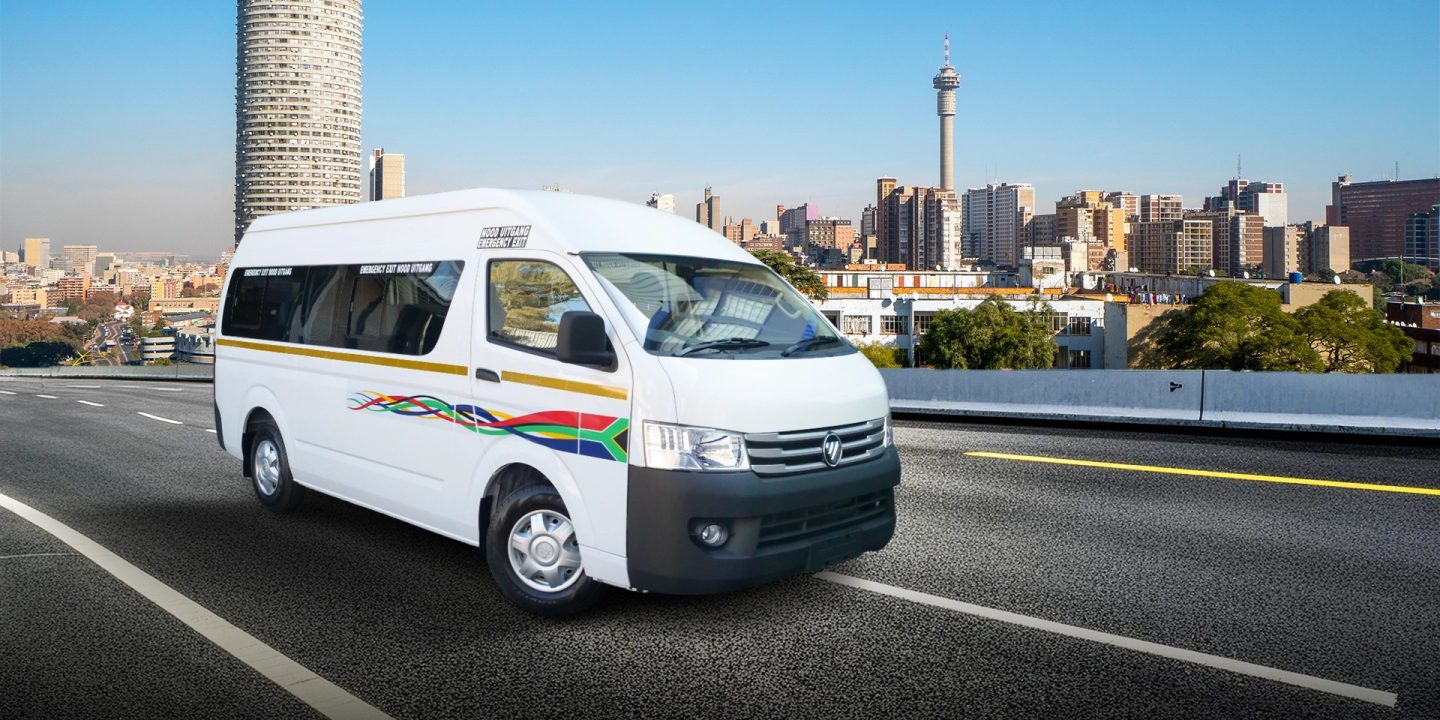
The South African taxi industry is undergoing a major transformation, shifting from traditional cash transactions to digital payments. This transition is expected to bring significant benefits, including increased efficiency, enhanced security, and improved convenience for both drivers and passengers.
As South Africa pushes towards becoming a cashless economy, the Reserve Bank has taken proactive steps to modernize the national payment system. The goal is to reduce cash dependency by educating the public on the advantages of digital transactions. In alignment with this vision, major banks across the country have reported a significant decline in cash withdrawals and ATM usage in recent years.
Despite these advancements, cash remains a dominant form of payment in South Africa. According to the Reserve Bank’s Payments Study Report, cash transactions account for 56% of payments by volume but only 21% by value. Informal traders, who make up a large portion of the economy, are especially reliant on cash. A report from Stats SA highlights that out of 1.8 million informal traders, 80% do not have a bank account, and among those who do, 60% use it solely for processing payments.
One of the sectors most dependent on cash transactions is the taxi industry. Every day, approximately 15 million South Africans use minibus taxis for their daily commute, paying exclusively in cash. However, this is beginning to change, thanks to innovative digital payment solutions.
Digital Transformation in the Taxi Sector
Anthony Stewart, CEO of Waxd Solutions, explained in an interview with Daily Investor that his company is facilitating the transition to cashless payments through an Automatic Fare Collection (AFC) system. This initiative is gaining traction, particularly in Gauteng, where Premier Panyaza Lesufi has called for the taxi industry to adopt digital payments fully by 2026. The move aims to modernize public transportation, enhance safety, and streamline operations.
According to Stewart, digital payments offer multiple benefits to both drivers and commuters. The elimination of cash handling reduces the risk of theft and fraud while also improving efficiency. Taxi drivers receive instant fare payments, ensuring their earnings are directly linked to the number of passengers they transport. Additionally, digital transactions enable a more formalized relationship between taxi drivers and owners.
“Most taxi drivers don’t have a structured employer-employee relationship with taxi owners. Now, with digital payments, there’s an opportunity to formalize these relationships,” Stewart explained. This change allows drivers to access employment benefits such as unemployment insurance (UIF) and workers’ compensation.
Beyond employment benefits, going cashless provides taxi drivers with financial inclusion. Having a documented income means they can qualify for personal and vehicle loans, home mortgages, and other financial services—opportunities that have historically been inaccessible due to their cash-based earnings. Currently, only 4% of taxi drivers own homes, largely due to their inability to provide proof of income.
For passengers, digital payments bring added convenience and security. They can set aside transport funds in advance, ensuring they always have fare money available. Additionally, passengers and drivers alike benefit from enhanced safety, as not carrying cash reduces the risk of robbery. Registered users of the digital payment system may also qualify for insurance coverage during their rides.
Cost and Efficiency Gains
Waxd Solutions’ tap-and-go payment terminals, which cost around R2,000 per month per taxi, come with a small transaction fee per tap. However, Stewart argues that the savings generated by this system far outweigh the costs.
“By using a cashless system, a taxi owner can save between R3,000 and R4,000 per month on financing costs alone,” he explained. “This means the system effectively pays for itself multiple times over.”
Apart from direct cost savings, digital payment systems improve operational efficiency. Taxi drivers can generate additional income by using their devices to sell mobile airtime, lottery tickets, or even facilitate fund collections. The digital system also eliminates the need for owners and drivers to physically meet to hand over cash, saving time and effort.
Challenges and Roadblocks
Given the clear advantages, why hasn’t the taxi industry fully adopted digital payments yet? According to Stewart, the biggest obstacle is building trust in the system.
“Everyone is familiar with cashless payments in supermarkets and retail stores, but getting taxi owners and drivers to see the benefits within their own industry is a challenge,” he said. “Change often brings uncertainty and anxiety.”
Past attempts to introduce cashless payments in the taxi industry have failed for various reasons, with politics playing a significant role. Internal conflicts between taxi associations, drivers, and owners have hindered progress. To succeed, industry players need to put aside political differences and focus on improving the business of public transport.
Another reason previous systems failed is their lack of consideration for the industry’s daily operational needs. Stewart recalled an instance where a cashless system was introduced but failed because drivers had no way to pay for fuel. “Taxi owners and drivers were only going to get paid at the end of the week, but they need fuel daily. That system didn’t work because it didn’t align with how the taxi business operates.”
Despite these challenges, the taxi industry recognizes the need for change. The rise of ride-hailing services like Uber and Bolt has shifted commuter expectations, pushing the traditional minibus taxi industry to modernize. Commuters now demand real-time tracking, efficient routes, and overall greater convenience—features that digital payment systems can help facilitate.
A New Era for Public Transport
Stewart recently spoke with a respected taxi industry veteran who remarked that transitioning to digital payments is the biggest transformation the industry has seen in decades. He compared it to a historic shift when the government allowed minibus taxis to carry more passengers, increasing capacity from four to sixteen. That change revolutionized the industry’s economics, much like the shift to cashless payments is expected to do.
Beyond fare collection, digitalization opens up new revenue streams. Given that taxis operate mainly during peak hours, they could be utilized for additional services like parcel deliveries during off-peak times. With digital tracking and payment systems in place, taxis could serve as efficient delivery vehicles, further boosting driver income.
As South Africa’s taxi industry embraces digital payments, it marks the beginning of a new era—one that promises increased financial inclusion, better security, and a more sustainable future for one of the country’s most vital transport sectors.















